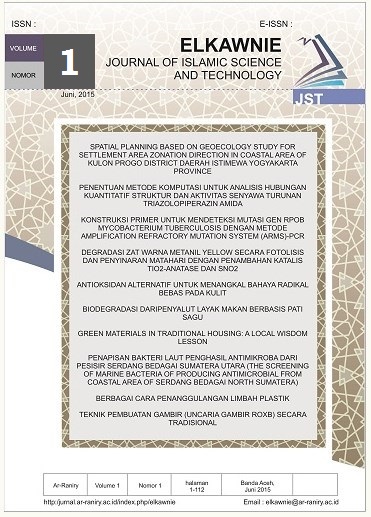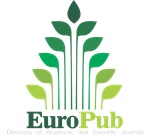The Influence of Production Flow Rate and Raw Water Turbidity on Distributed Water Turbidity at Lambaro WTP
DOI:
https://doi.org/10.22373/ekw.v1i2.524Keywords:
water treatment plant, turbidity, production flow rate, hydraulic capacity. IntroductionAbstract
In order to fulfil the high water demand in Banda Aceh City, the Lambaro Water Treatment Plant (WTP) has been operating above its designed capacity. The produced and distributed water quality is decreasing in term of turbidity, as well. It is indicated by some events that the distributed water exceeds the allowed limit. The additional burden is that due to rainy season and human activities at river upstream, the raw water turbidity is higher than expectation in several occasions. This study is conducted to evaluate the influence of production flow rate and raw water turbidity on distributed water turbidity. The data used in this study is acquired from the SCADA system with time range from January to May 2014.Downloads
Published
Issue
Section
License
Proposed Policy for Journals That Offer Open Access Authors who publish with the Elkawnie journal agree to the following terms:
a. Authors retain copyright and grant the journal right of first publication with the work simultaneously licensed under a Creative Commons Attribution License that allows others to share the work with an acknowledgement of the work's authorship and initial publication in this journal.
b. Authors are able to enter into separate, additional contractual arrangements for the non-exclusive distribution of the journal's published version of the work (e.g., post it to an institutional repository or publish it in a book), with an acknowledgement of its initial publication in this journal.
c. Authors are permitted and encouraged to post their work online (e.g., in institutional repositories or on their website) prior to and during the submission process, as it can lead to productive exchanges, as well as earlier and greater citation of published work (see The Effect of Open Access).

























